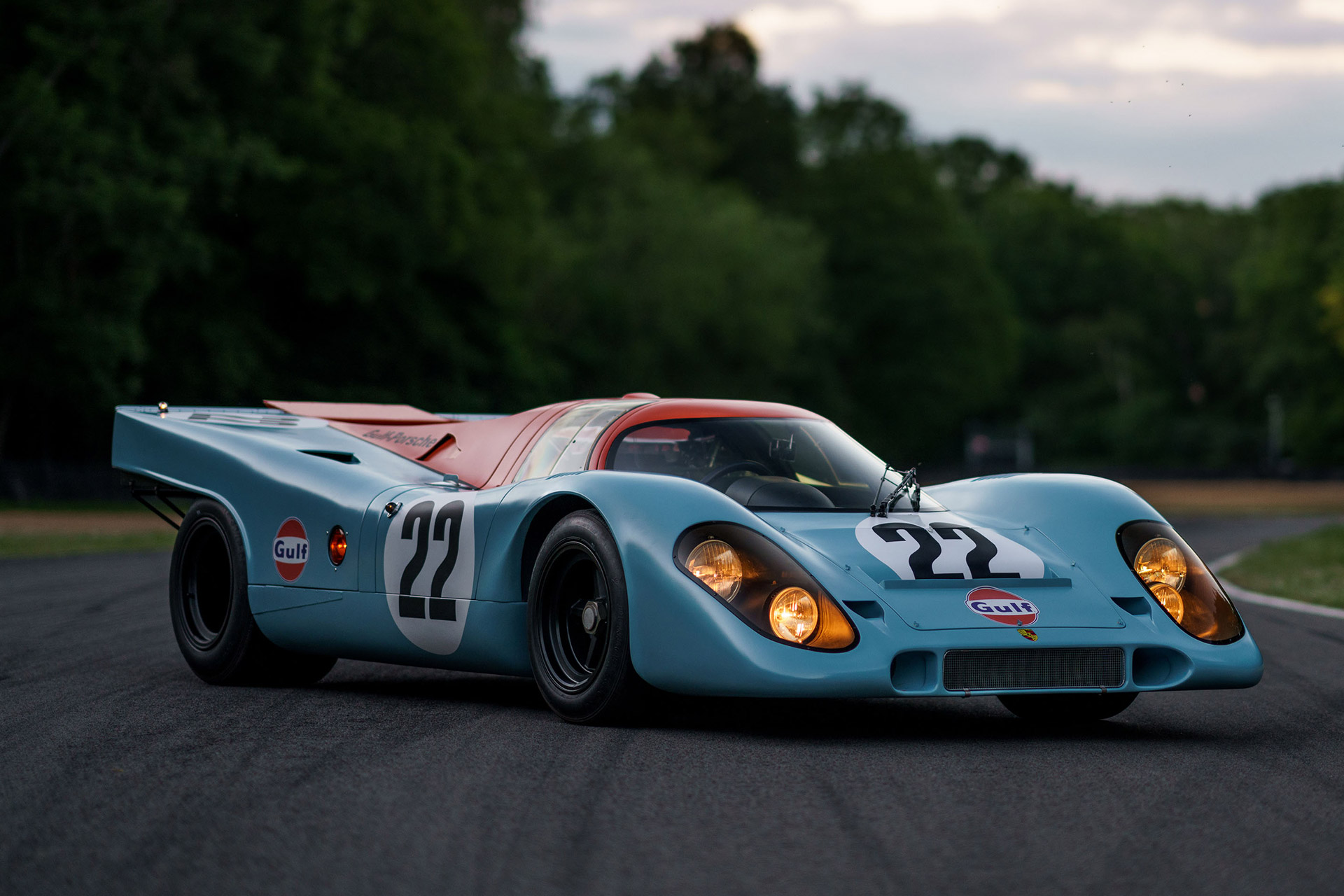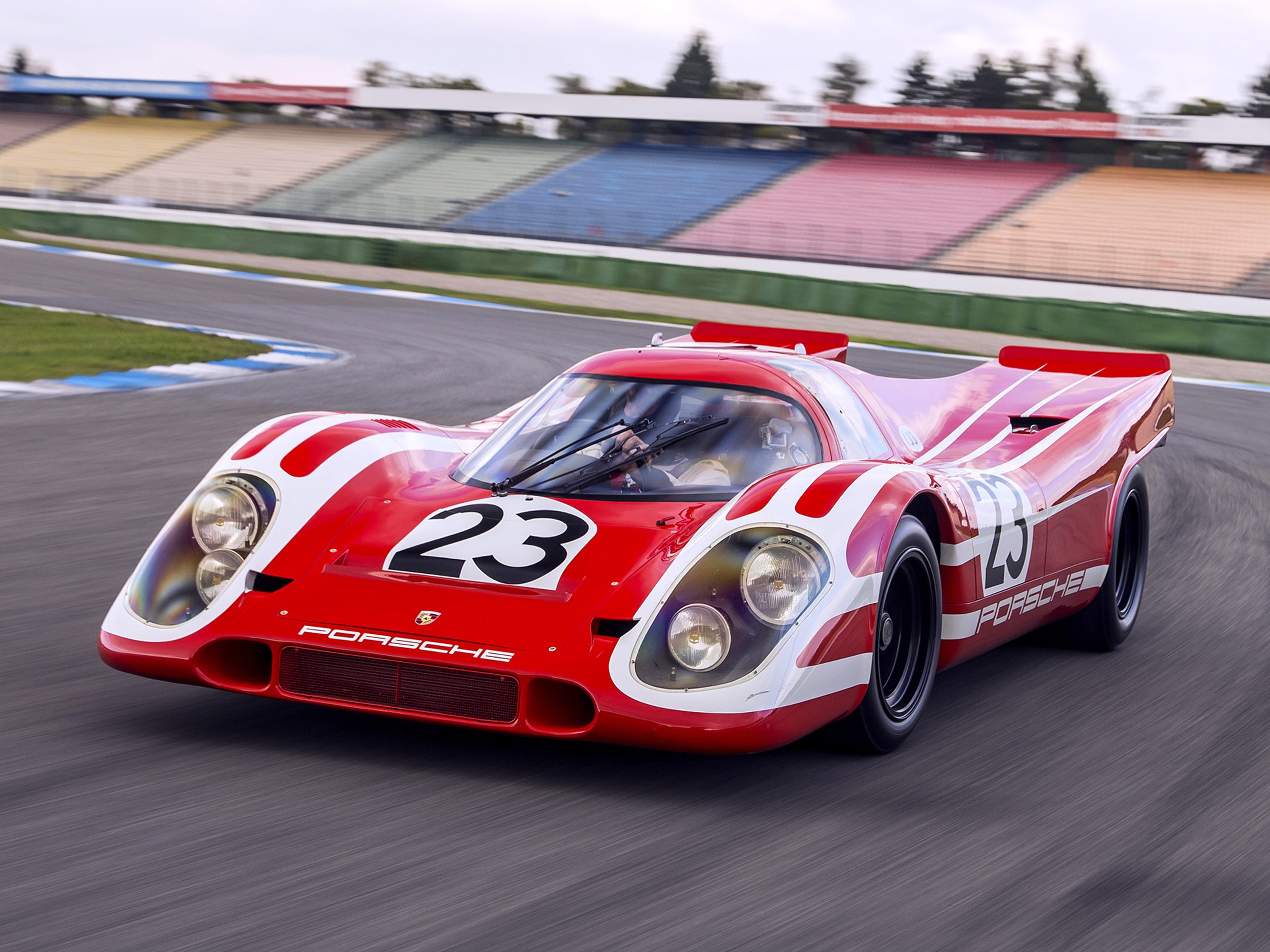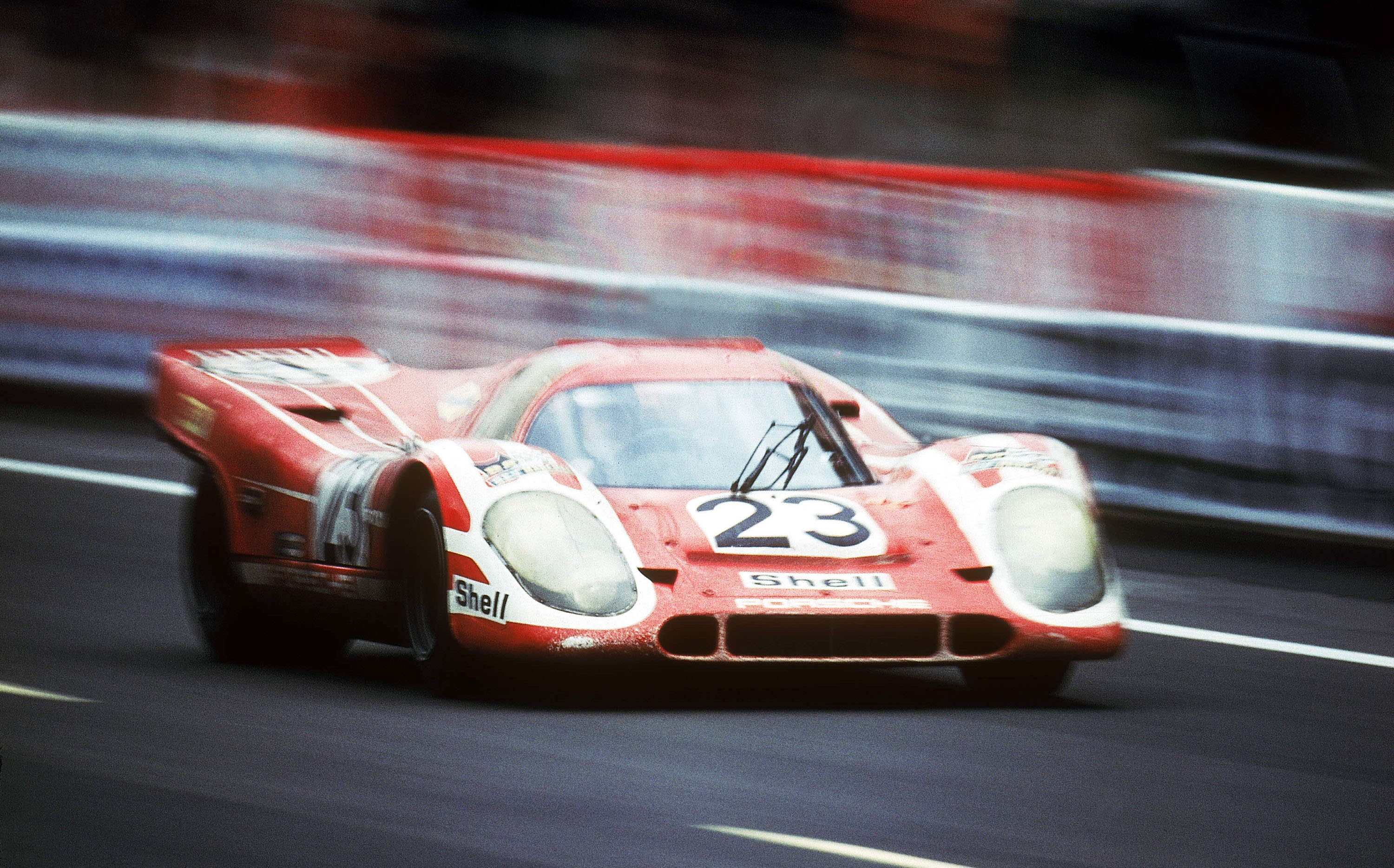Porsche 917/20 Le Mans (1971)
Share
Porsche 917/20 Le Mans (1971): The “Pink Pig” Legend
The Porsche 917/20, often affectionately referred to as the “Pink Pig,” is an iconic racing car that left an indelible mark on motorsport history during the 1971 Le Mans 24 Hours race. As a variant of the legendary Porsche 917, the 917/20 embodies both innovative engineering and striking visuals that resonated with fans and automotive enthusiasts alike. In this blog post, we will explore the legacy of the Porsche 917/20, its design, performance, and the unforgettable event that solidified its status as a motorsport legend.

The Birth of a Legend
Introduced in 1969, the Porsche 917 was the manufacturer’s entry into the world of endurance racing. It quickly became renowned for its powerful performance, advanced aerodynamics, and lightweight construction. However, as competition intensified, Porsche sought to develop a variant capable of tackling the challenge presented by the grueling Le Mans 24-hour race.
In 1971, Porsche unveiled the 917/20, which was specifically designed to maximize performance while minimizing weight. The car utilized unique features such as a shortened wheelbase and a lightweight body, making it not only faster but also more maneuverable on the tight and challenging Le Mans circuit.

Eye-Catching Aesthetics
What truly set the Porsche 917/20 apart from its contemporaries was its striking livery. The car was prominently painted in a soft pink hue with graphics inspired by butcher’s charts, displaying various cuts of pork. This daring design choice, courtesy of the man behind the livery, could not be overlooked, and it earned the car its nickname, “Pink Pig.”
The livery choice was not merely for aesthetics; it also served as an innovative marketing tool that captured the public’s attention in an age when racing was reaching new heights of popularity. Fans immediately embraced the iconic look, and the 917/20 would go down in history as one of the most recognizable race cars ever designed.

Performance at Le Mans
The 1971 Le Mans race took place on June 19-20, and the 917/20 was one of the three cars entered by the Porsche team. Behind the wheel were experienced drivers Henri Pescarolo and Richard Attwood, who were both eager to showcase the capabilities of this extraordinary machine.
The race itself was challenging, with inclement weather and tough competition from rival manufacturers. While the 917/20 did not secure the win, it demonstrated impressive performance and reliability, finishing in a respectable sixth place overall. The car’s lightweight design and powerful engine allowed it to compete with the top contenders, further solidifying the 917’s place in racing history.

Enduring Legacy
Although the Porsche 917/20 was not the overall winner of Le Mans, its impact went far beyond its performance on the track. The “Pink Pig” has become a beloved symbol within automotive culture and remains one of the most celebrated racing cars in history.
The legacy of the Porsche 917/20 continues to be celebrated today through various exhibitions, including classic car shows and racing events. The story of the Pink Pig is often told in motorsport history, showcasing the daring spirit of Porsche’s engineering and design teams.

Conclusion
The Porsche 917/20 Le Mans, fondly known as the “Pink Pig,” is more than just a car; it is a testament to daring innovation, distinctive design, and racing prowess. Its unique aesthetic and solid performance at one of the most prestigious racetracks in the world have cemented its place in automotive history. As car enthusiasts and historians continue to celebrate the legacy of the Porsche 917 series, the 917/20 serves as a shining example of what makes motorsport so exciting.
Whether you are a die-hard motorsport fan or simply an automotive aficionado, the story of the Porsche 917/20 serves as a captivating reminder of the daring feats achieved in the world of racing. As the legend of the Pink Pig lives on, it inspires future generations to push the boundaries of design, engineering, and speed.
